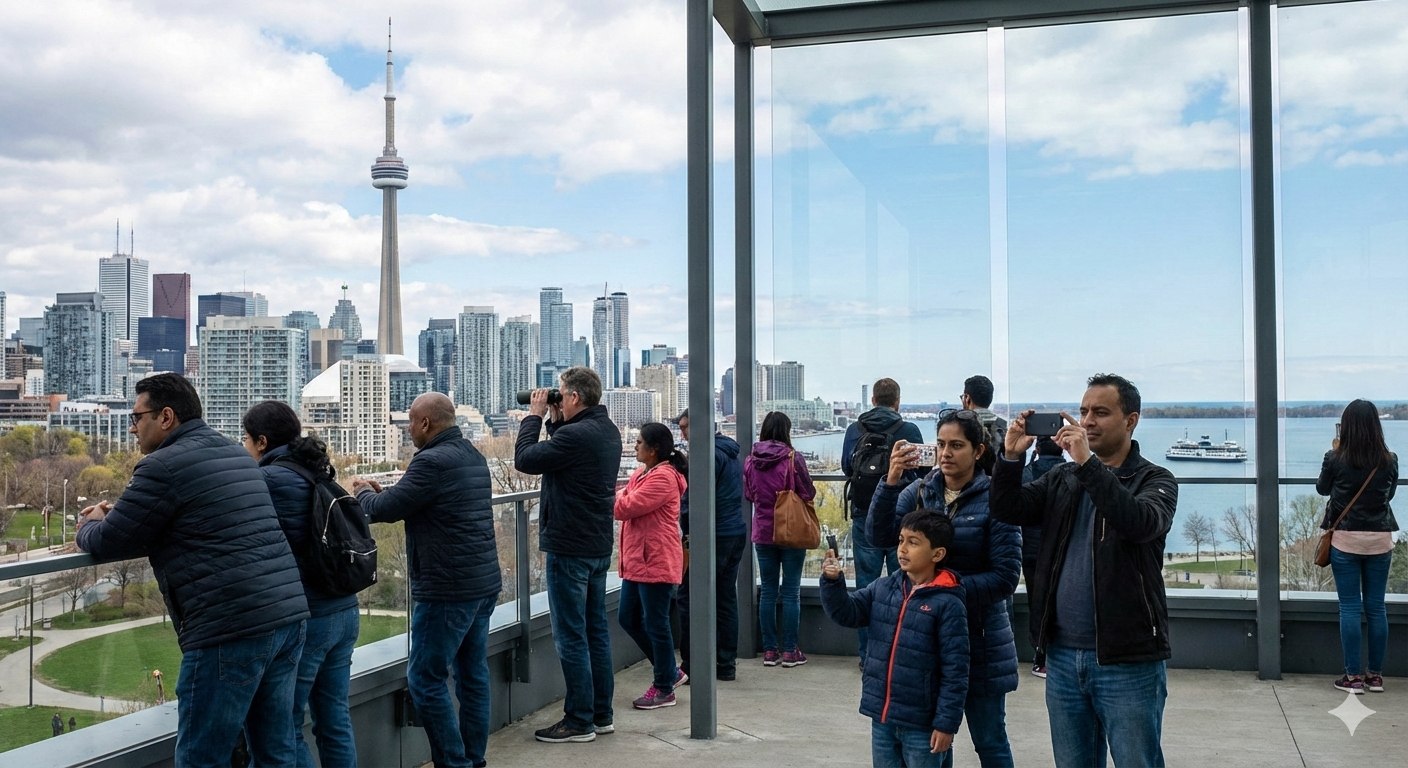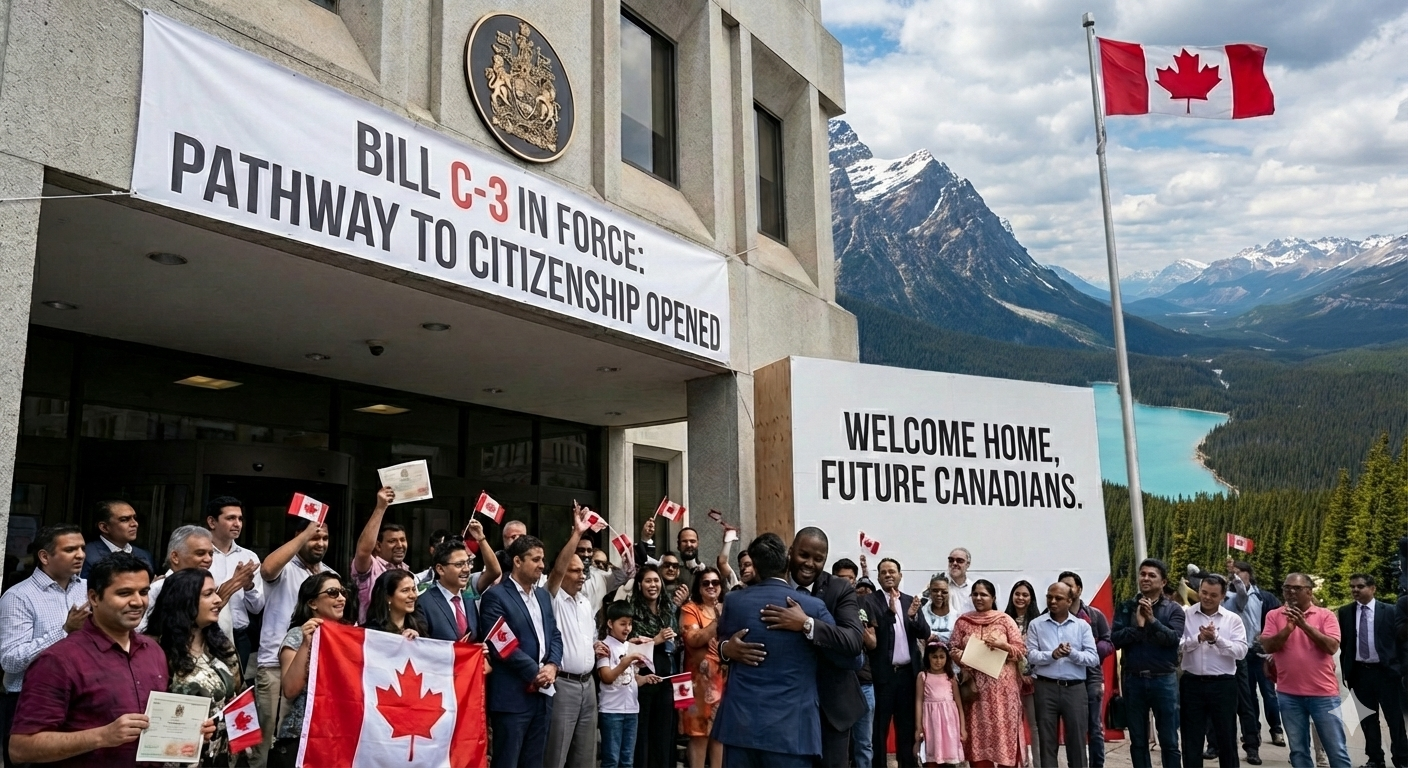Major LMIA-Exempt Work Permit Changes in Canada: 2024 Year in Review

In 2024, the Canadian government introduced several changes
to LMIA-exempt work permits, significantly impacting foreign nationals seeking
employment in Canada outside of the Labour Market Impact Assessment
(LMIA)-based Temporary Foreign Worker Program (TFWP) and the Post-Graduation
Work Permit (PGWP) program. Here's a simple breakdown of these key changes.
1. Mexicans Now Require Visas for Entry
Effective February 29, 2024, Mexican nationals are no
longer exempt from Temporary Resident Visas (TRVs). While previously able to
apply for some work permits at Canadian ports of entry, they must now obtain a
visa or meet stricter criteria for electronic travel authorizations (eTAs).
Eligibility for an eTA now includes:
- Transiting
through Canada or flying in for a temporary stay of six months or less.
- Holding
a valid U.S. nonimmigrant visa or having had a Canadian visitor visa in
the past 10 years.
This change was driven by a rise in asylum claims from Mexican nationals in 2023.
2. Restrictions on Spousal Open Work Permits (SOWPs)
Starting March 19, 2024, spouses of students in most
college and undergraduate programs became ineligible for SOWPs. Exceptions
remain for spouses of students in specific programs, such as dentistry,
medicine, engineering, and nursing.
Further restrictions were announced in September, limiting SOWP eligibility
for:
- Spouses
of master’s students (only if the program is 16+ months long).
- Spouses
of work permit holders employed in specialized occupations like
healthcare, engineering, or construction.
3. New Work Permit Under the Global Hypergrowth Project
On April 15, 2024, a new LMIA-exempt work permit under the
Innovation Stream was introduced. It allows foreign nationals with high-skilled
job offers from select companies (e.g., Clio, Lightspeed Commerce) to apply for
permits lasting up to five years. This pilot runs until March 22, 2026.
4. Open Work Permits for Provincial Nominee
Program (PNP) Candidates
As of August 11, 2024, PNP candidates can apply for open
work permits under specific conditions, such as holding a valid work permit or
having applied for a new one. This temporary policy, implemented to provide
continuous work authorization, ended on December 31, 2024.
5. End of Pandemic-Era Public Policies
IRCC ended several COVID-19 policies on August 28, 2024,
including measures allowing visitors to apply for work permits from within
Canada. These policies had supported foreign nationals stranded during the
pandemic and addressed labor shortages but are no longer in effect.
6. Updates to Intra-Company Transfer (ICT) Work
Permits
On October 3, 2024, IRCC clarified eligibility for ICT
permits. Applicants must work for multinational corporations and demonstrate
specialized knowledge. This change aims to prevent misuse of ICT permits for
transferring general workforce members.
7. TR to PR Pathway Policy Extended
The TR to PR Pathway open work permit policy was extended
until December 31, 2026. Eligible applicants awaiting permanent residency
decisions can apply for open work permits. Family members are also eligible.
8. Ban on Flagpoling
Effective December 23, 2024, flagpoling—seeking same-day
immigration processing at ports of entry—was banned. Exceptions exist for U.S.
citizens, free trade agreement professionals, and others. This ban followed
earlier restrictions for PGWP applicants in June 2024.
9. Introduction of Targets for Temporary
Resident Work Permits
The Immigration Levels Plan for 2025–2027 introduced
specific targets for new work permits under the International Mobility Program
(IMP). These limits aim to reduce temporary residents as a percentage of
Canada’s population from 7% in 2024 to 5% by 2026.
|
Year |
Target (Net New Work Permits) |
|
2025 |
285,750 |
|
2026 |
128,700 |
|
2027 |
155,700 |
Changes to TFWP and PGWP Programs
In addition to LMIA-exempt work permits, changes to the
TFWP and PGWP programs included:
- Introducing
field-of-study and language requirements for PGWPs.
- Increasing
wage thresholds for high-wage TFWP streams.
- Freezing
low-wage LMIA processing in areas with high unemployment.






